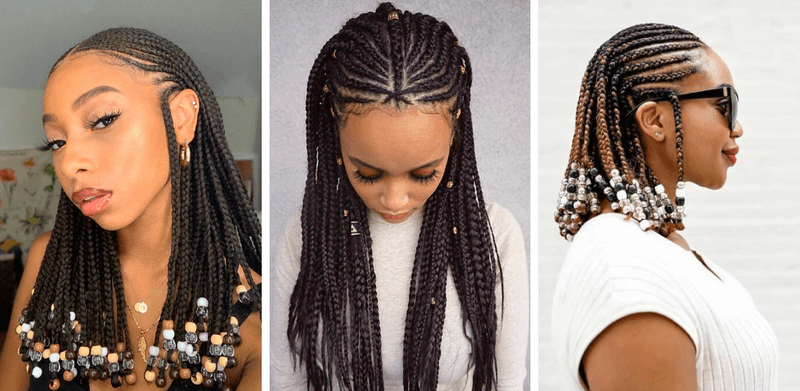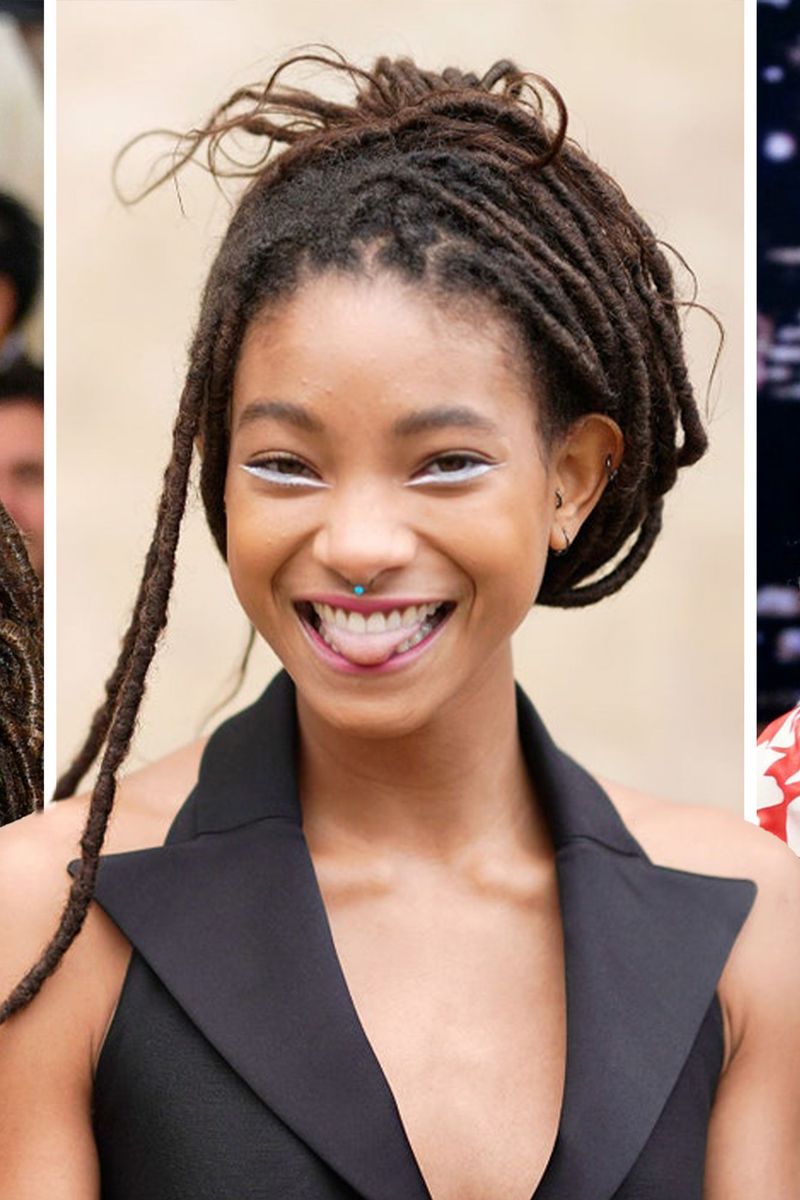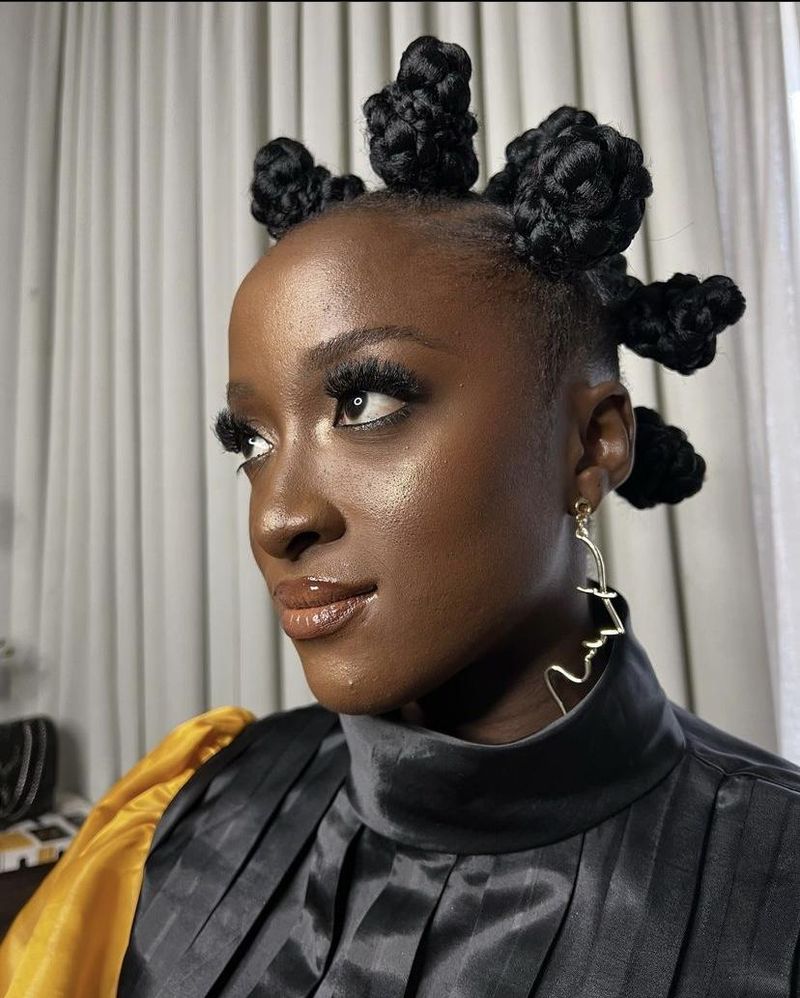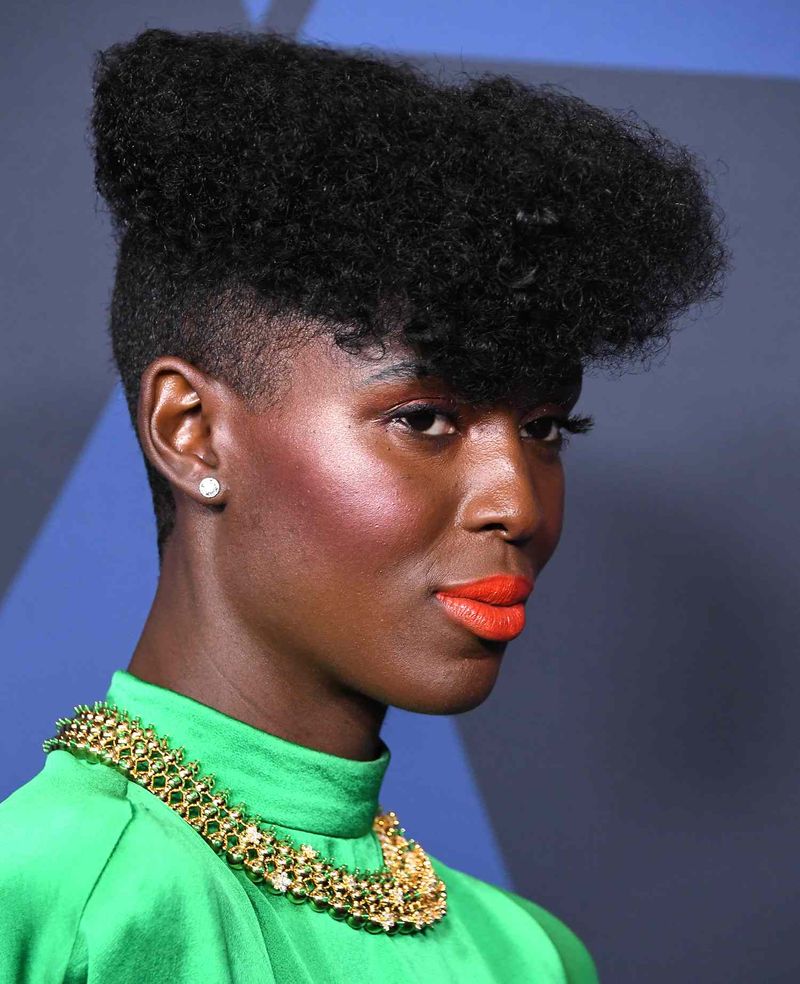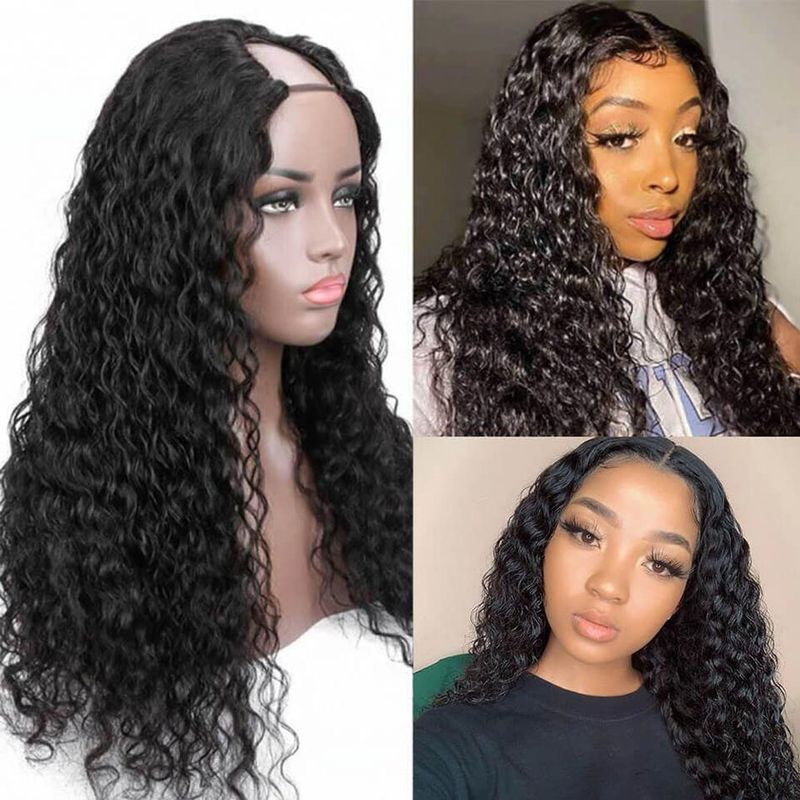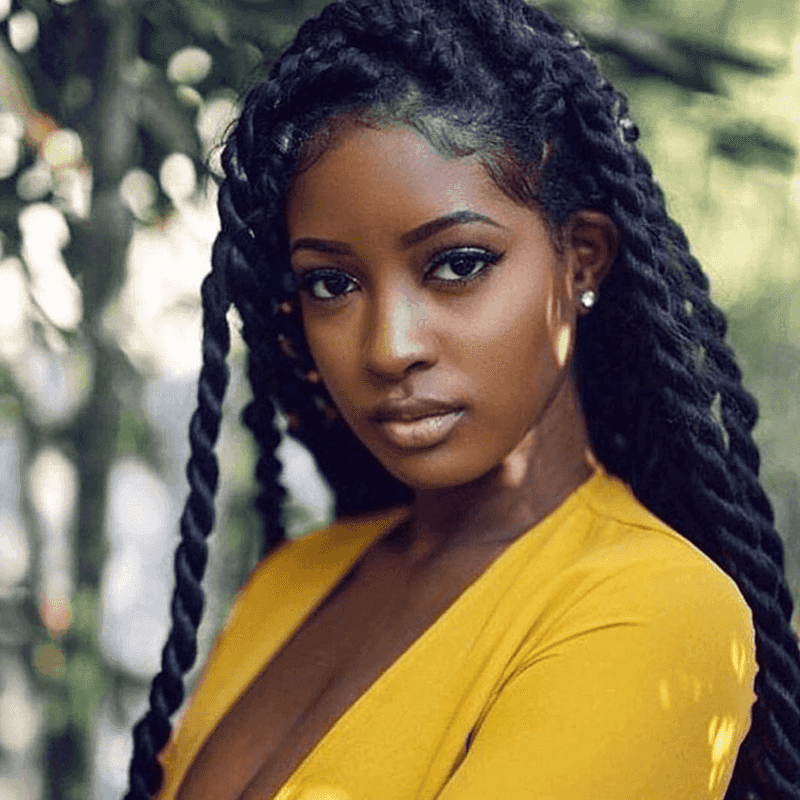Black women have been trendsetters in the world of hair for generations, creating styles that blend cultural heritage with personal expression. From protective techniques dating back centuries to bold fashion statements of recent decades, these hairstyles tell stories of resistance, celebration, and innovation. Their influence has reshaped beauty standards worldwide, even as the originators often went uncredited.
1. Afro
The iconic Afro emerged as more than just a hairstyle during the 1960s Civil Rights era—it became a powerful political statement. Black Americans embraced their natural hair texture, rejecting painful chemical straightening processes that had been considered necessary for social acceptance.
Angela Davis’s distinctive silhouette became synonymous with Black Power, while entertainers like Diana Ross showcased the style’s versatility and beauty. The Afro represented freedom from Eurocentric beauty standards that had dominated American culture.
Today’s “modern Afro” variations continue this legacy of self-love and cultural pride, appearing everywhere from fashion runways to corporate offices as natural hair movements gain momentum worldwide.
2. Braids (Cornrows, Box Braids, etc.)
Ancient African civilizations created intricate braiding patterns thousands of years ago, with styles often signifying age, marital status, or tribal affiliation. These techniques traveled to America with enslaved Africans, where braids sometimes concealed escape maps or carried hidden seeds for future planting.
The 1990s witnessed a braiding renaissance when Janet Jackson’s box braids in “Poetic Justice” captivated audiences worldwide. Suddenly, protective styling became high fashion.
Contemporary celebrities like Beyoncé and Zendaya have showcased countless braided variations, though controversy erupts when non-Black figures adopt these styles without acknowledging their cultural significance—a reminder of the fine line between appreciation and appropriation.
3. Dreadlocks (Locs)
Spiritual devotion meets revolutionary style in locs, hair strands that naturally coil and lock together over time. Ancient Egyptian artifacts depict figures with locs, while Rastafarians adopted them as rejection of “Babylon”—Western colonial oppression—and commitment to natural living.
While Bob Marley introduced locs to global audiences, Black women like Lauryn Hill transformed them into a mainstream fashion statement. Their artistic presentations challenged notions that natural Black hair couldn’t be professional or elegant.
Modern loc styles range from pencil-thin “sisterlocks” to bold, adorned variations. Despite their growing popularity, wearers still face discrimination, with numerous workplace and school controversies highlighting ongoing stigma against this deeply meaningful hairstyle.
4. Bantu Knots
Named after the Bantu people of southern Africa, these distinctive twisted knots aren’t just stylish—they’re steeped in cultural heritage. Traditionally, the pattern and number of knots could indicate a woman’s family background, marital status, or tribal affiliation.
Singer Erykah Badu helped popularize Bantu knots in American culture during the 1990s, incorporating them into her Afrofuturistic aesthetic. The style offers versatility few others can match—worn as a protective style overnight, then unraveled for defined, heat-free curls the next day.
Fashion magazines and runways frequently feature the look, though controversy follows when non-Black celebrities wear them labeled as “mini buns” or “twisted knots,” erasing their African origins.
5. Fulani Braids
Originating with the Fulani people across West Africa, these distinctive braids feature a central cornrow down the middle of the head with symmetrical patterns flowing outward. Traditional styles incorporate colorful beads, cowrie shells, and metal accessories that create musical sounds with movement.
Beyond beauty, Fulani braids told stories—a woman’s age, wealth, and even spiritual beliefs could be read through her hair’s intricate patterns. The style’s mathematical precision demonstrates advanced geometric understanding passed down through generations.
Beyoncé’s visual album “Lemonade” catapulted Fulani braids into contemporary fashion consciousness. Today’s interpretations maintain the characteristic center part while experimenting with thickness, length, and decorative elements—a testament to the style’s enduring appeal.
6. High Top Fade (Hi-Top Fade)
Grace Jones broke barriers with her geometric, squared-off high top in the 1970s, challenging gender norms while celebrating Black hair’s natural structure. Her androgynous style demonstrated that short hair could be boldly feminine and powerfully masculine simultaneously.
Hip-hop’s golden era cemented the hi-top fade as cultural phenomenon. Female artists like Salt-N-Pepa rocked variations that became signature looks, influencing fashion far beyond music circles.
The style’s architectural precision requires significant skill—barbers must consider head shape, hair texture, and growth patterns to create the dramatic height and sharp lines. Today’s revival incorporates modern elements like color, designs, and asymmetry while maintaining the classic silhouette that makes this look instantly recognizable.
7. Wigs & Weaves (Protective Styling)
Ancient Egyptians pioneered wig-wearing for both practical sun protection and ceremonial purposes, with Black women later transforming these techniques into versatile art forms. During segregation, wigs offered professional women a shield against discrimination when natural styles were deemed “unprofessional.”
Diana Ross revolutionized wig culture with her ever-changing looks, while innovative stylists developed the “weave”—extensions sewn or bonded to natural hair. These techniques allowed unprecedented styling freedom without damaging delicate strands.
Today’s wig technology has advanced dramatically, with “lace fronts” creating undetectable hairlines. The multi-billion dollar industry owes its existence largely to Black women’s creativity, though this contribution remains largely uncredited in mainstream beauty narratives.
8. Twists (Two-Strand & Senegalese Twists)
Twisted styles emerged as practical solutions for hair protection long before styling products existed. Two strands intertwined create a rope-like structure that shields delicate ends from environmental damage while promoting length retention—ancient hair care wisdom that remains relevant today.
R&B star Aaliyah’s signature Senegalese twists in the 1990s showcased the style’s elegant versatility. Unlike tighter braids, twists offer a softer appearance while still providing the benefits of protective styling.
Modern variations include temporary two-strand twists on natural hair that create defined curl patterns when unraveled, and longer-lasting Senegalese or Marley twists using extensions. The style’s enduring popularity stems from its perfect balance of protection, versatility, and relative ease of installation.
9. The Natural Hair Movement (2000s-Present)
A radical shift began in the early 2000s as Black women increasingly questioned why they altered their natural texture to fit Eurocentric beauty standards. Internet communities formed around hashtags like #TeamNatural, creating unprecedented support networks for those transitioning from chemical relaxers.
Celebrities like Viola Davis and Lupita Nyong’o showcased natural textures on red carpets, challenging Hollywood’s narrow beauty ideals. Their visibility prompted major brands to finally develop products specifically for curly, coily, and kinky hair types.
Beyond aesthetics, the movement represents reclamation of identity and rejection of harmful beauty practices. Natural hair terminology expanded mainstream vocabulary with concepts like “curl pattern,” “porosity,” and “protective styling”—forever changing how we discuss hair diversity.
10. Colored Hair (Vivid Hues & Bleach)
Bold, vibrant hair color became a hip-hop fashion statement when female rappers like Lil’ Kim and Missy Elliott embraced unconventional hues in the 1990s. Their fearless experimentation with blues, pinks, and platinums challenged conservative beauty norms and showcased Black hair’s incredible versatility.
The technical complexity behind these looks often goes unappreciated—achieving vivid colors on darker hair requires specialized bleaching techniques to prevent damage. Black stylists pioneered methods now used industry-wide.
Today’s artists like Megan Thee Stallion and Cardi B continue this tradition with ever more elaborate colored wigs and extensions. Their influence has normalized rainbow hues across demographics, with even corporate environments increasingly accepting unnatural colors as creative self-expression.

